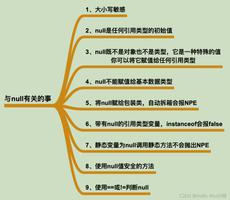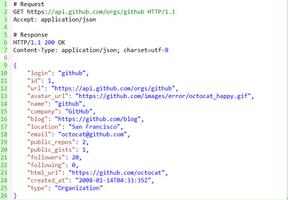在Java中BlockingQueue是否完全是线程安全的
我知道文档说明该对象是线程安全的,但这是否意味着从所有方法对其进行的所有访问都是线程安全的?因此,如果我put()一次从多个线程中调用它,并且一次take()在同一实例上调用它,会不会发生什么不好的事情?
回答:
快速答案是肯定的,它们是线程安全的。但是不要让它在那里…
首先,一个小的内部管理BlockingQueue是一个接口,任何不是线程安全的实现都将破坏书面合同。您包括的链接是指LinkedBlockingQueue,它具有一定的灵巧性。
您包含的链接引起了一个有趣的观察,是的,其中有两个锁LinkedBlockingQueue。但是,它无法理解,实际上正在处理“简单”实现会被犯规的极端情况,这就是为什么take和put方法比起初期望的要复杂的原因。
LinkedBlockingQueue进行了优化,以避免在读取和写入时使用相同的锁,这减少了争用,但是对于正确的行为,它依赖于队列不为空。当队列中包含元素时,推送和弹出点不在内存的同一区域,可以避免争用。但是,当队列为空时,则无法避免争用,因此需要额外的代码来处理这种常见的“边缘”情况。这是代码复杂度和性能/可伸缩性之间的常见折衷。
接下来的问题是,如何LinkedBlockingQueue知道队列何时为空/不为空,从而处理线程呢?答案是,它使用AtomicInteger和Condition作为两个额外的并发数据结构。所述AtomicInteger用于检查队列的长度是否是零,并且条件是用于等待一个信号时,队列可能是所希望的状态,以通知一个等待的线程。这种额外的协调确实会产生开销,但是在测量中已显示,在增加并发线程数时,此技术的开销低于使用单个锁引入的争用。
下面,我从复制了代码,LinkedBlockingQueue并添加了解释它们如何工作的注释。在较高级别上,take()首先将所有其他呼叫锁定take(),然后put()根据需要发出信号。
put()以类似的方式工作,首先阻止所有其他呼叫put(),然后take()在必要时发出信号。
从put()方法:
// putLock coordinates the calls to put() only; further coordination // between put() and take() follows below
putLock.lockInterruptibly();
try {
// block while the queue is full; count is shared between put() and take()
// and is safely visible between cores but prone to change between calls
// a while loop is used because state can change between signals, which is
// why signals get rechecked and resent.. read on to see more of that
while (count.get() == capacity) {
notFull.await();
}
// we know that the queue is not full so add
enqueue(e);
c = count.getAndIncrement();
// if the queue is not full, send a signal to wake up
// any thread that is possibly waiting for the queue to be a little
// emptier -- note that this is logically part of 'take()' but it
// has to be here because take() blocks itself
if (c + 1 < capacity)
notFull.signal();
} finally {
putLock.unlock();
}
if (c == 0)
signalNotEmpty();
从 take()
takeLock.lockInterruptibly(); try {
// wait for the queue to stop being empty
while (count.get() == 0) {
notEmpty.await();
}
// remove element
x = dequeue();
// decrement shared count
c = count.getAndDecrement();
// send signal that the queue is not empty
// note that this is logically part of put(), but
// for thread coordination reasons is here
if (c > 1)
notEmpty.signal();
} finally {
takeLock.unlock();
}
if (c == capacity)
signalNotFull();
以上是 在Java中BlockingQueue是否完全是线程安全的 的全部内容, 来源链接: utcz.com/qa/428882.html








